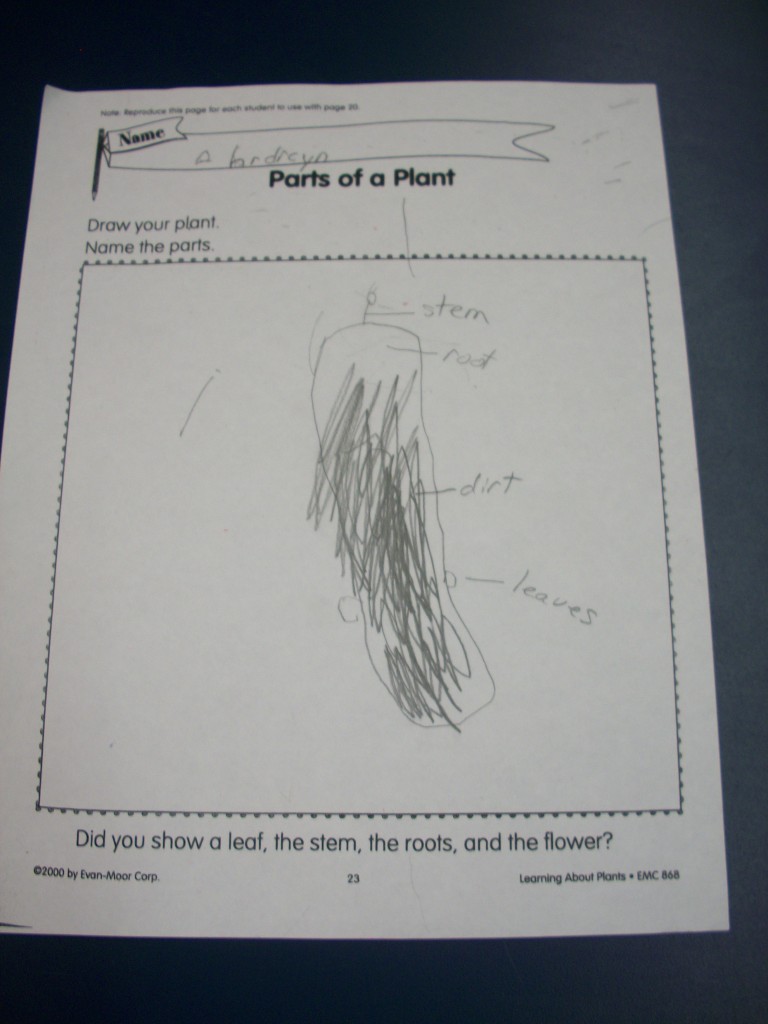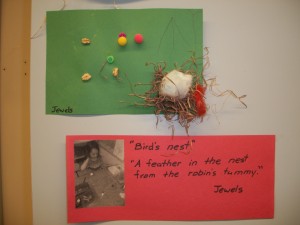 Do our beliefs align with our practice or are we just window dressing our teaching practices with the appropriate jargon and “showpieces”?
Do our beliefs align with our practice or are we just window dressing our teaching practices with the appropriate jargon and “showpieces”?
I recently read the article doing Reggio? by Margie Carter which challenged me to think about the values, perceptions and beliefs about young children that guide my practice.
In my position as Early Learning Consultant I have the privilege of supporting early learning teachers across the division. As I work with these teachers I often emphasize several key principles of early learning, including; viewing children as competent and capable, carefully designing learning environments to inspire and support children, teaching/supporting all domains of development, using documentation to guide future planning, and the importance of supportive relationships for children and their families.
Keeping these principles in mind, I then need to reflective on my practices, even if they possibly lead to an uncomfortable realization of misalignment.
Consider asking yourself the following:
- Do I primarily provide activities for children that require them to complete things as instructed, with little room for deviation OR do I provide them with open-ended activities that encourage problem-solving and creativity?
- Do I thoughtfully and intentionally set up learning activities and materials within my environment based on my observation of what my students need and are interested in OR am I providing the latest “cool” material I found at a recent workshop?
- Do I provided balance in the opportunities I provide children to ensure that all areas of their development are supported OR are certain skills and understands highlighted as being more important?
- Do I go through the motions of documenting children’s learning to create a pleasing display for my bulletin board OR am I carefully observing and listening to children in their play to glean what it is they are interested in and what they are demonstrating as current understandings?
- Am I truly supporting children and families where they are at OR do I view children and families through my own biases or agenda?
It is often too easy to use the jargon of the day without adding the necessary layer of reflecting on how research-based best practice relates to one’s practices within the classroom.
In other words, am I doing what I’m doing because I know that is what others want to see OR because I truly believe in the practice and understand the research base supporting its effectiveness?



